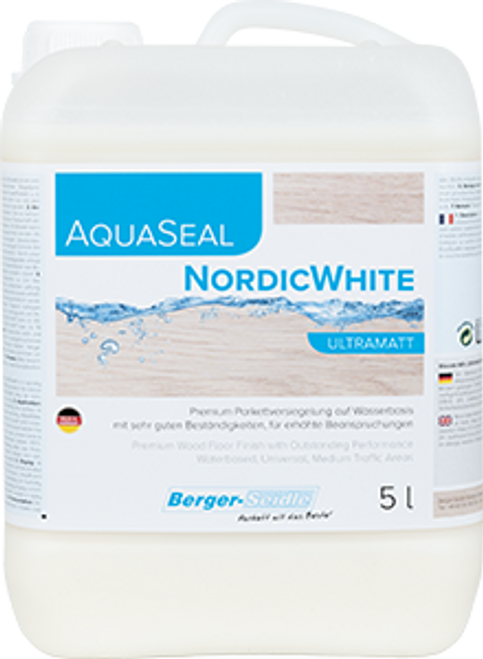

Berger-Seidle AquaChoice ExoBloc Primer Gallon
MSRP:
Now:
$79.46


Free Shipping Nationwide. 1-2 Day Delivery. Learn More.







